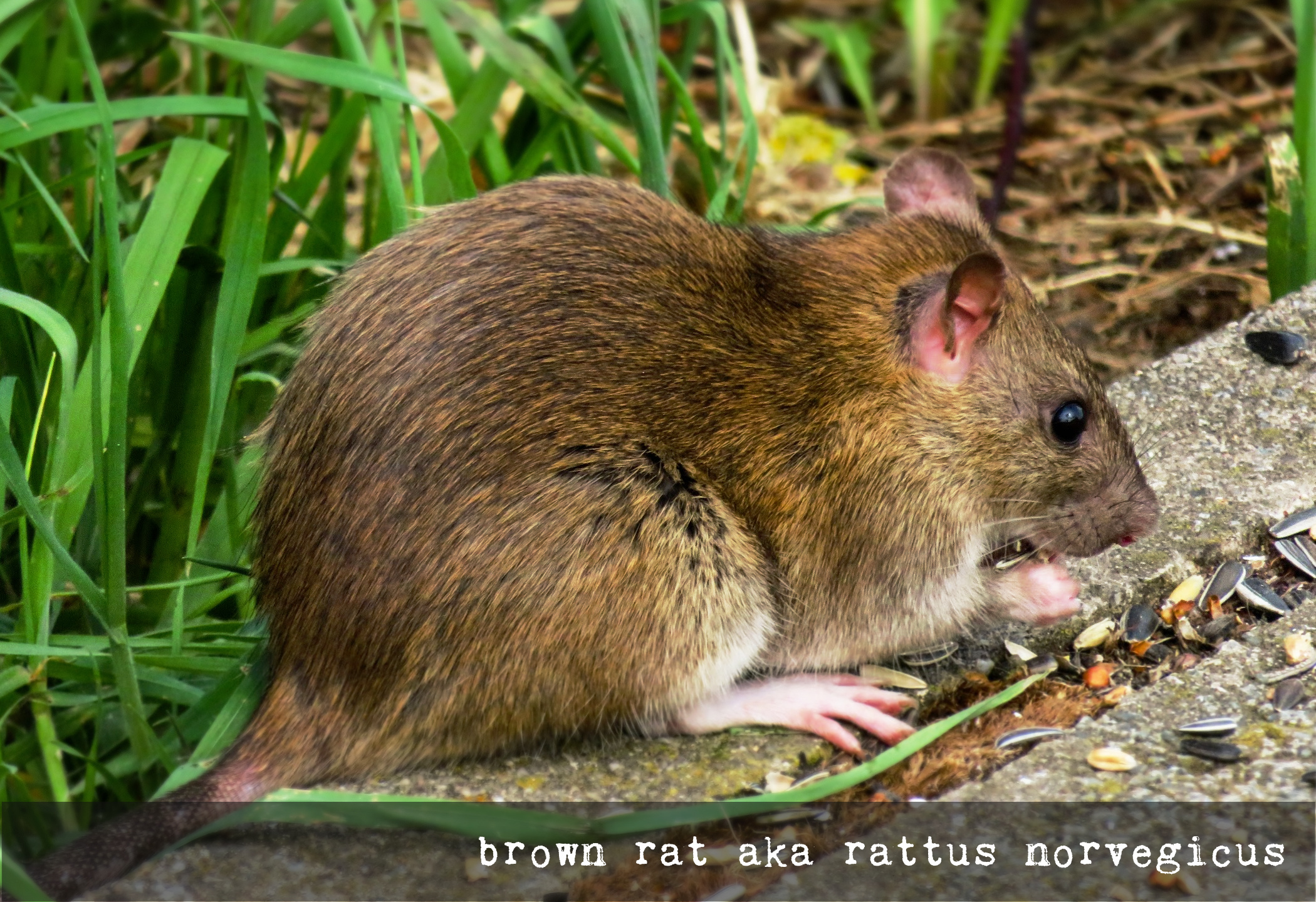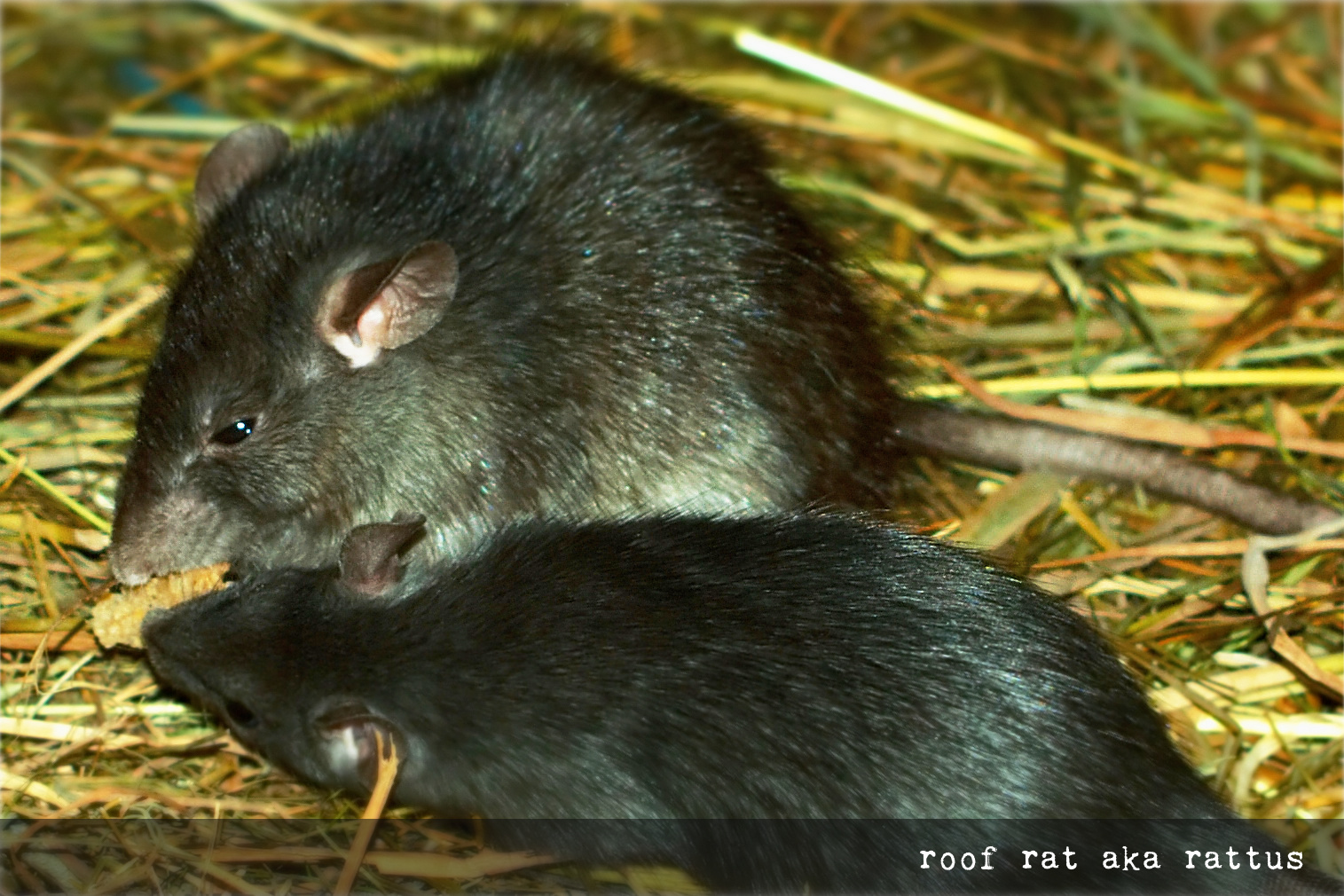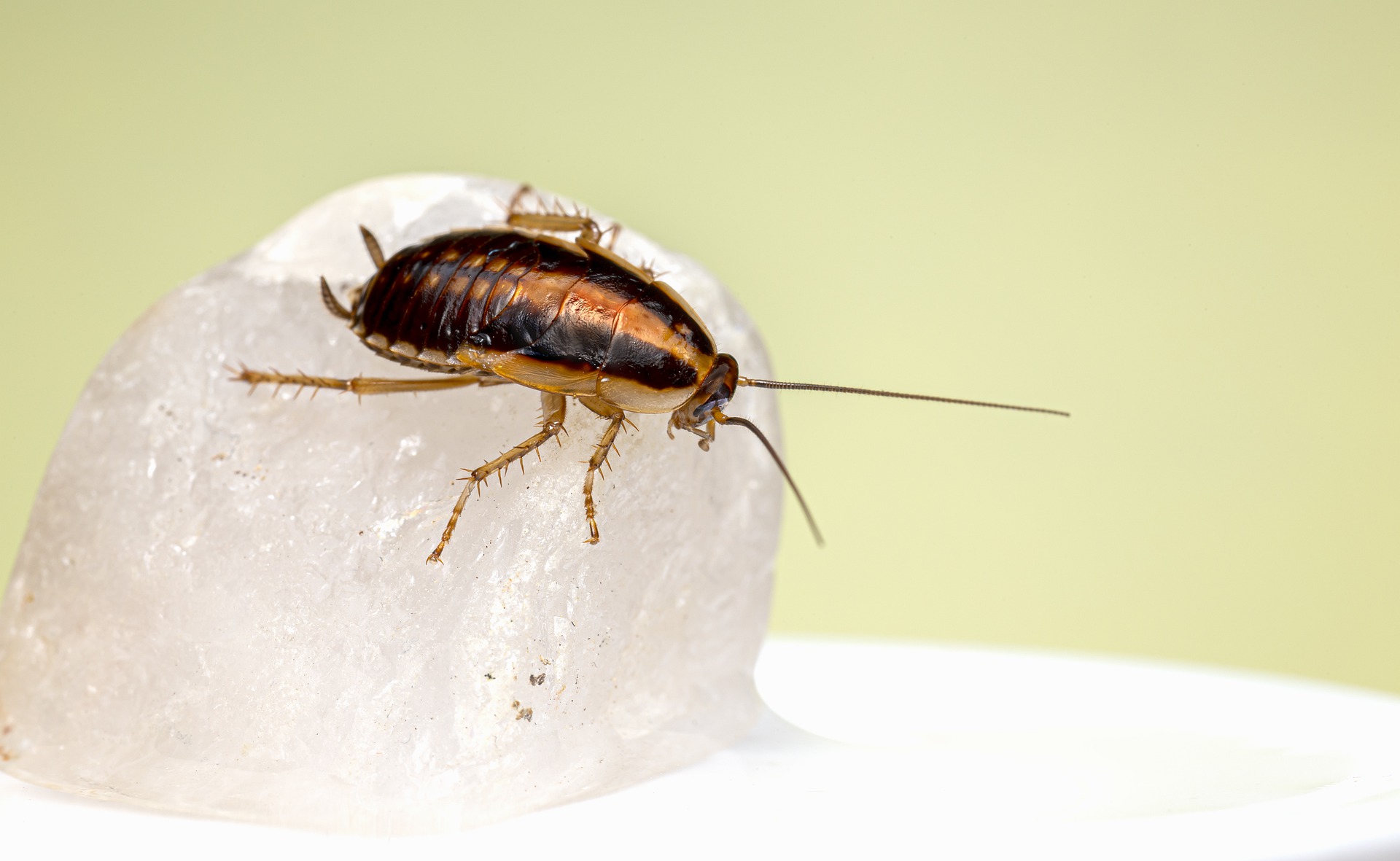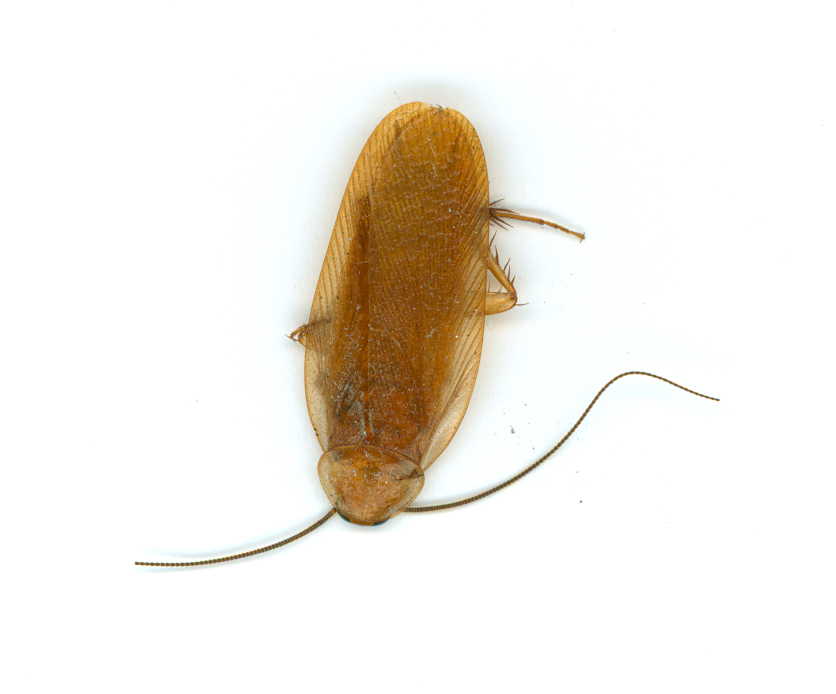These scavangers love to eat garbage, dead animals, grass, fruits and bird seed!
Brown rats, aka Norway rats, like to live in attics, basements, embankments, near tree roots and overgrown hedges, woody areas, wood piles & vegetable gardens.
They will seek shelter in areas that are undisturbed and hidden.
rodents
Brown Rat
Roof Rat
Deer Mice

Brown Rats
- COLOUR: bristly brown fur with black hairs dispersed throughout their coat
- BODY: small eyes and ears, tail is shorter than the body/head combined
- REPRODUCTION: 3 - 12 litters per year, 4 to 22 offspring per litter
Additional Info
-
Food/Habitat
-
Threats
Diseases such as rat-bite fever, Salmonella, leptospirosis, E. Coli. Structural damages (exterior) incude holes in yards (interior) chew wires, tear up insulation in walls, contaminate food

Roof Rats
- COLOUR: brown fur with intertwined black colourings
- BODY: large eyes and ears, tail is longer than the body/head combined
- REPRODUCTION: 4 - 6 litters per year, 6 to 8 offspring per litter
Additional Info
-
Food/Habitat
These scavangers love to eat garbage, dead animals, grass, fruits and bird seed!
Brown rats, aka Norway rats, like to live in attics, basements, embankments, near tree roots and overgrown hedges, woody areas, wood piles & vegetable gardens. They will seek shelter in areas that are undisturbed and hidden. -
Threats
Diseases such as rat-bite fever, Salmonella, leptospirosis, E. Coli. Structural damages (exterior) incude holes in yards (interior) chew wires, tear up insulation in walls, contaminate food

Deer Mice
- COLOUR: brown with white feet and underbelly
- BODY: slender shaped, pointed nose, black beady eyes
- REPRODUCTION: breed only in summer, 2 - 4 litters per year, 4-8 per litter
Additional Info
-
Food/Habitat
These scavangers love to eat insects, seeds, nuts, berries and small fruits. They typically live in attics, basements, crawlspaces, garages, hollow logs, and sheds.
-
Threats
virus is the most common disease for deer mice, transmitted through their waste.
Insects
COCKROACHES
WHAT CAN I DO?
Cockroach control/extermination is one of the hardest services to perform and the most difficult pests to control without knowledge and expertise.
There are many quick/cheap products and methods you can try yourself but remember this could make the situation worse for yourself and harder for a professional to get under control. It is always best to call an expert when you have even the slightest suspicion there is any sort of pest issue.
CALL US ANYTIME
We are here to help!
TXT OR CALL
289.990.4310

American Cockroach
- COLOUR: reddish brown or mahogany, there is a yellowish figure 8 pattern on the back of the head
- LENGTH: adults: 32-54 mm (1 1/4” to 2 1/8”)
- SHAPE: oval with 6 legs
- REPRODUCTION: Protective egg cases: are created to protect eggs. 1 Egg Case Holds: 16 eggs average. Egg to Adult: 5½ months on average.
Additional Info
-
Food/Habitat
Food indoors: Crumbs, scraps of food,pet food, book bindings, glue and wallpaper paste. Food outdoors: Leaves, tiny wood particles, fungi, algae, plant shoots and fermenting fruit. Habitat - Indoors: Bathroom, Basement, Kitchen or Laundry Room. Outdoors: Under mulch or flowerbeds.
-
Threats
Diseases such as rat-bite fever, Salmonella, leptospirosis, E. Coli. Structural damages (exterior) incude holes in yards (interior) chew wires, tear up insulation in walls, contaminate food

German Cockroach
- COLOUR: reddish brown or mahogany, there is a yellowish figure 8 pattern on the back of the head
- LENGTH: adults: 32-54 mm (1 1/4” to 2 1/8”)
- SHAPE: oval with 6 legs
- REPRODUCTION: Protective egg cases: are created to protect eggs. 1 Egg Case Holds: 16 eggs average. Egg to Adult: 5½ months on average.
Additional Info
-
Food/Habitat
These scavangers love to eat garbage, dead animals, grass, fruits and bird seed!
Brown rats, aka Norway rats, like to live in attics, basements, embankments, near tree roots and overgrown hedges, woody areas, wood piles & vegetable gardens. They will seek shelter in areas that are undisturbed and hidden. -
Threats
Diseases such as rat-bite fever, Salmonella, leptospirosis, E. Coli. Structural damages (exterior) incude holes in yards (interior) chew wires, tear up insulation in walls, contaminate food

Brown Banded Cockroach
- COLOUR: mostly brown fur
- BODY: large eyes and ears, tail is longer than the body/head combined
- REPRODUCTION: 4 - 6 litters per year, 6 to 8 offspring per litter
Additional Info
-
Food/Habitat
These scavangers love to eat garbage, dead animals, grass, fruits and bird seed!
Brown rats, aka Norway rats, like to live in attics, basements, embankments, near tree roots and overgrown hedges, woody areas, wood piles & vegetable gardens. They will seek shelter in areas that are undisturbed and hidden. -
Threats
Diseases such as rat-bite fever, Salmonella, leptospirosis, E. Coli. Structural damages (exterior) incude holes in yards (interior) chew wires, tear up insulation in walls, contaminate food